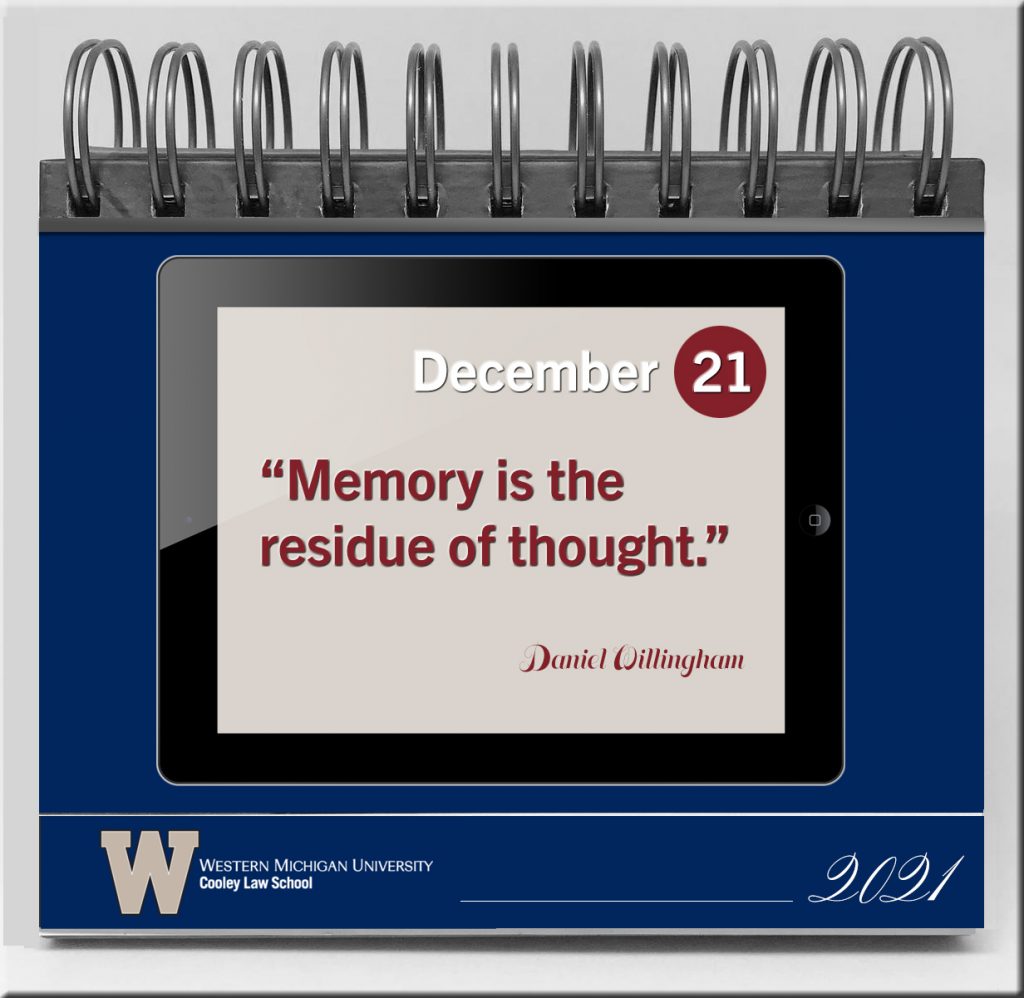More than a sandbox: Augmented reality lets students explore changing landscapes — from schoolnewsnetwork.org by Beth Heinen Bell
Excerpt:
Lowell — Have you ever wanted to make it rain with just a wave of your fingers? Carve a river into an empty field and then make it flood? Topple a mountain with your bare hands and see what happens to the surrounding landscape?
At the augmented reality (AR) sandbox in Jennifer Bolhuis’ fourth-grade classroom, students wield all this power and more. The sandbox is an Eagle Scout project and gift from one of Bolhuis’ former students, Lowell High School sophomore David Johnston.



















